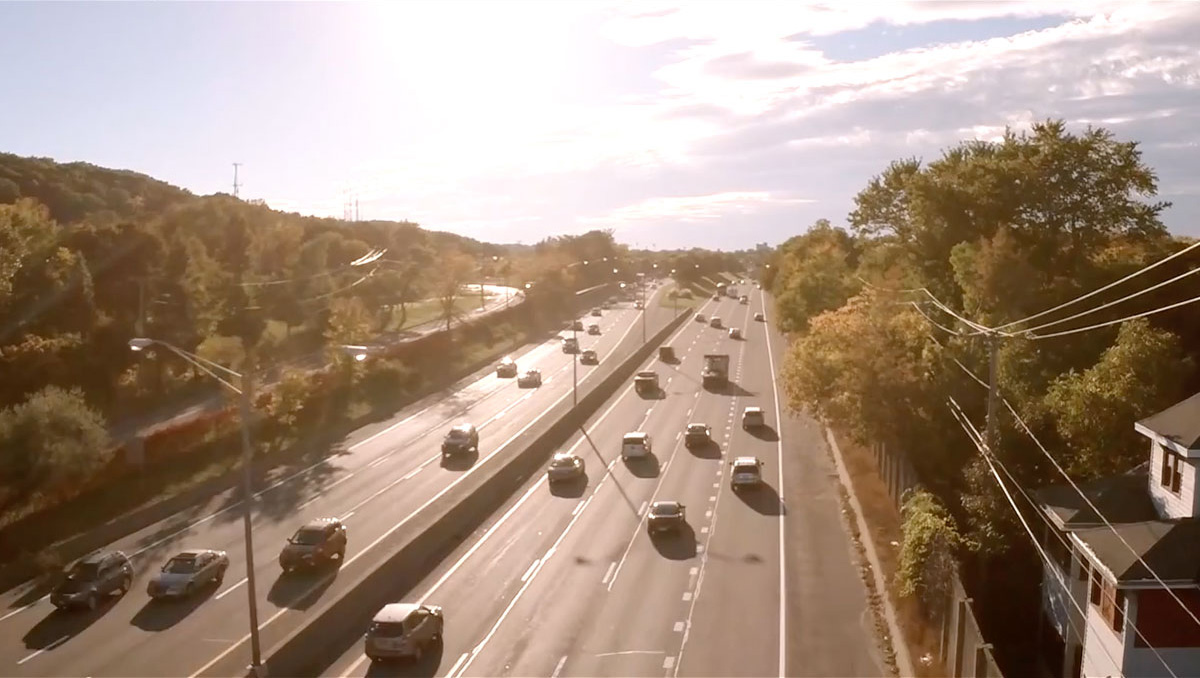
Posted by: Pete Nabozny, Associate Principal at CGR and co-owner of Tru Yoga
So far, we’ve examined how long commute times limit the ability of low-income workers who live in high poverty areas in the City to reach jobs through public transportation. We have also explored how the cost of car ownership is often prohibitively expensive for these same individuals. This post will assess how the continuing sprawl of our region has a particularly negative impact on low-income residents.
In 1950, the City of Rochester had over 330,000 residents, while Monroe County was home to just shy of 500,000 residents. According to the US Census of that year, 67% of county residents lived within city limits, and almost 85% lived in either the City or one of its inner ring suburbs (Brighton, Gates, Greece, and Irondequoit).
By 2010, only 28% of County residents lived in the City, and 57% lived in either the city or one of those inner ring suburbs. Over those 60 years, the population of the City and nearby suburbs grew by less than 5,000 residents combined (and the city itself shrunk by 37% over this time period), while the population of the rest of Monroe County grew by almost 245,000 people. From 1970 to 2010, the inner ring suburbs of Rochester grew by only 6%, or 281 residents per year, while the City itself shed an average of 2,142 people each year.
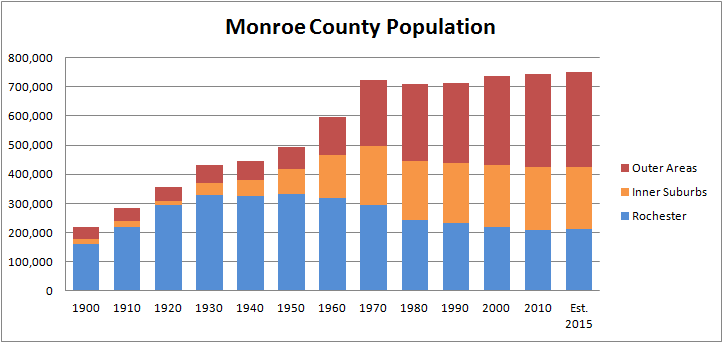
What does this have to do with poverty in our area? So much!
According to an article published last year in the City Newspaper (citing the Rochester Downtown Development Corporation), there are approximately 48,000 jobs located downtown Rochester today. A significant total, to be sure. But according to the US Census Bureau, there are over 500,000 workers in the Rochester region. Less than 10% of our jobs are located in our downtown center, the most transit-accessible part of our region. Rochester’s transit system is organized around the idea that we need to connect commuters to downtown work locations, and we’ve doubled down on that model with our brand new transit center. But what happens when over 90% of jobs are not located in downtown? And what are the consequences for lower-income city residents who encounter a regional economy that locates more than two-thirds of jobs outside the City itself?
Researchers have been studying regional economies and the relationship between race, sprawl and poverty for over 50 years. As major centers of employment, particularly retail, moved to the suburbs, affordable housing didn’t move with them. In particular, African-Americans faced housing and employment discrimination, and a shortage of accessible jobs in central cities. Research confirmed what we would expect: Increasing distance from work centers can lead to higher unemployment rates among low-income city residents and can drive up poverty for a region as a whole.
Studies conducted in recent years have identified regional compactness as a key determinant of economic mobility. Inter-generational upward mobility is significantly higher in compact regions than sprawling metropolitan areas. Regions that are becoming less compact (like ours) have decreasing levels of socio-economic mobility.
The US Census Bureau’s American Community Survey includes data about a variety of topics, including a great deal of information about poverty and the location of jobs throughout a region. As ACT Rochester and the Rochester Area Community Foundation have comprehensively detailed, the overall poverty rate in our region is not particularly high. Our region contains many middle class and even extremely affluent communities, and on the whole, actually has a bit less poverty than most of the rest of the country. What unfortunately distinguishes our region is the intense concentration of poverty within the City of Rochester and the lack of jobs located within the City.
To better understand the relationship between concentrated poverty and urban sprawl, we examined the relationship between poverty rates in a region’s cities and the location of jobs in those regions. According to the Census Bureau, the Rochester region is the 51st largest Metropolitan Statistical Area (MSA) in the country. For this analysis, we have included the next 25 MSAs larger than Rochester and the next 25 MSAs smaller than our region (Orlando, FL through Akron, OH).
The chart below demonstrates the relationship between the percentage of jobs located in a region’s principal cities and the poverty rate in those cities. The data suggests that regions with more jobs in center cities have lower rates of poverty. Conversely, those regions with fewer jobs located in principal cities tend to have higher poverty rates.
A similar relationship exists between the percentage of residents who reside in a region’s core cities and the poverty rate of those core cities. This suggests that cities with a higher share of residents and jobs within a region tend to have lower poverty rates. Put differently, the more central a city is to a region’s economy, the lower the poverty rate in that city.
So now we’ve taken a look at this problem a few different ways. We’ve looked at how long bus rides from the City to suburban job locations are challenging to many low-income workers and we’ve examined how car ownership consumes too high a share of a low wage workers pay check. And now we’ve seen how data and research shows that sprawl itself exacerbates concentrated poverty and limits economic mobility.
So what should we do about it? Continue reading, Part 6: What Should Be Done?…


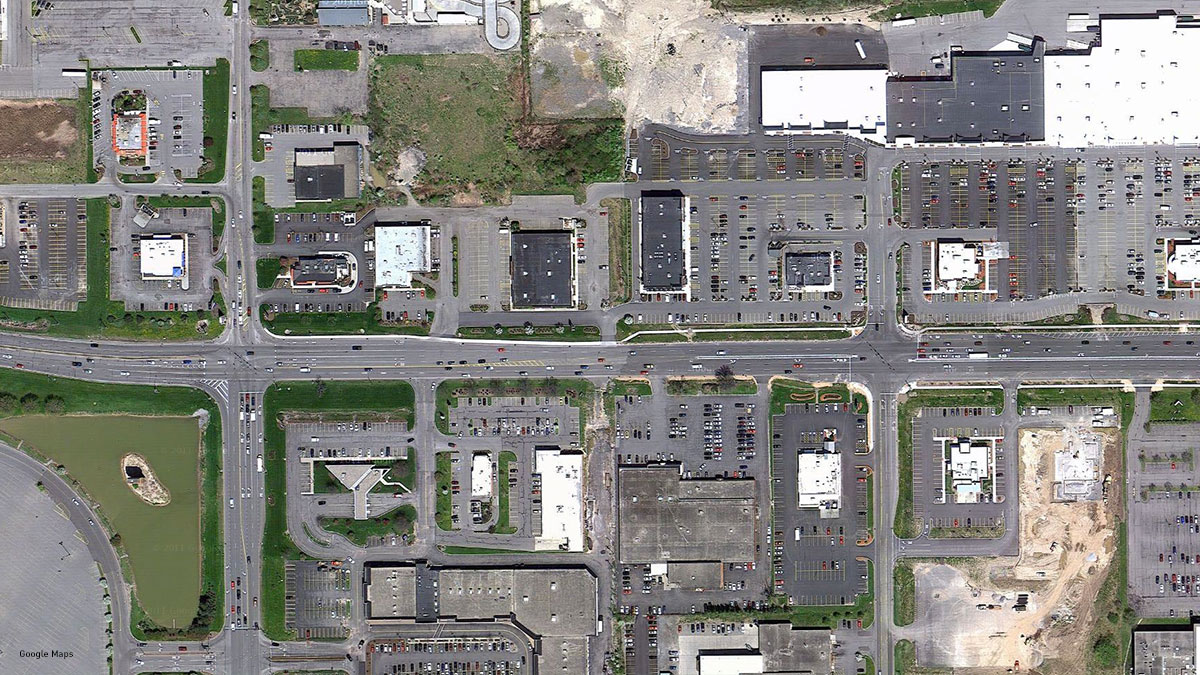
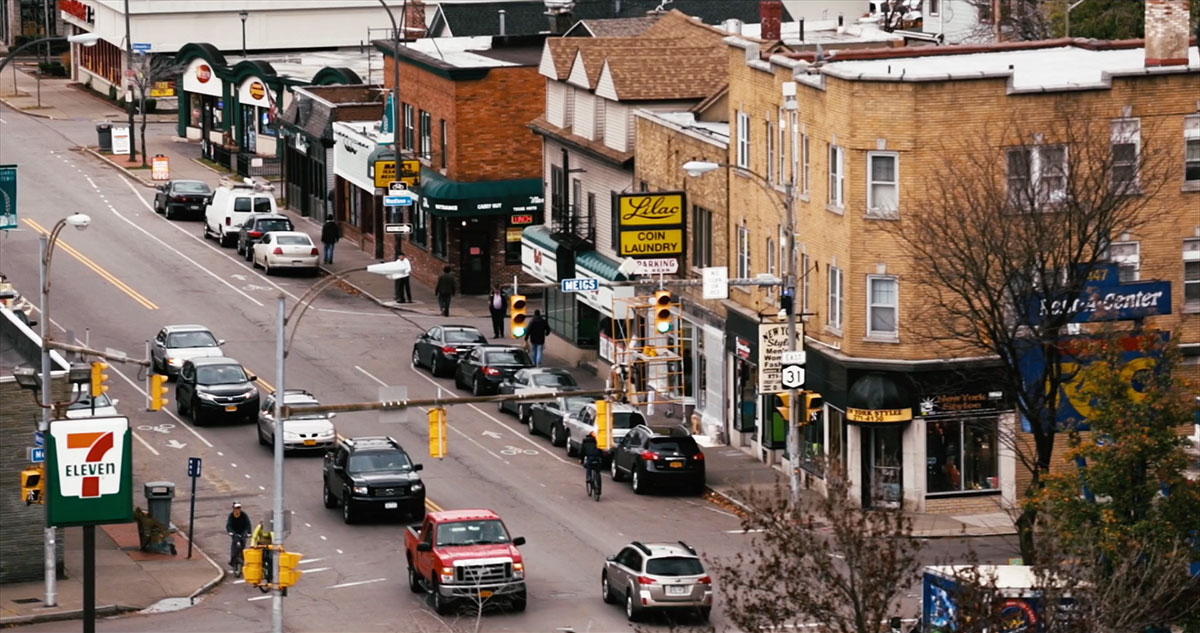
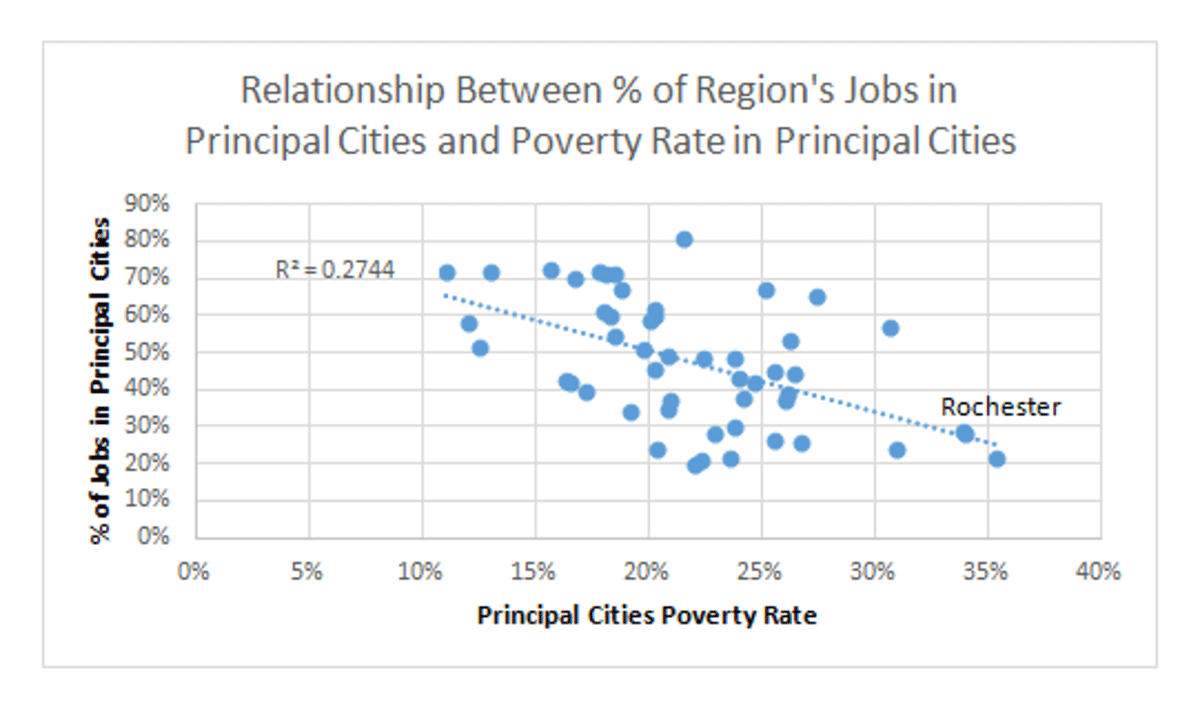
Thank you for this series, Pete and Reconnect Rochester. We are lucky that we have old walkable villages, towns and the city in our area. Unlike other places in the country, we don’t have to start from scratch to make our area more transit-friendly and accessible to all. But we can’t make those changes if we continue to sprawl. Sprawl weds people to car ownership, disconnects communities, drains resources and is an unsustainable model. I urge citizens to be involved in their town’s/city’s Comprehensive Plan updates. Speak up about zoning, development, density in already existing core areas and a vision for the future that improves the quality of life for all people, regardless of income or ability.
What this area has long needed is some type of strong metro government or planning entity. An organization whose only purpose is to guide development throughout the region to prevent sprawl, economic hardship and environmental issues. This organization would ideally run the transit in the area as well.
The problem, however, is that you have towns that all think for themselves fighting over developments and a county agency willing to dole out tax breaks to companies moving within the region or adding minimal jobs. The problem lies with some deep seeded issues this region has, be it racial or socio-economic. All you have to do is look at Bill Johnson’s failed campaign for County Supervisor. The mere mention of metro government or schools sent the white majority suburbanites up in arms.
We need continued efforts by groups like this to get the word out there and change people’s minds.
The problem is that we don’t have any employment within the downtown region, which is why nobody wants to live within the area. When nobody lives within an area, retail stores don’t want to be located there.
Everybody knows that small to medium sized companies are the future of our economy, yet rochester, ny keeps focusing on large companies that no longer employ local residents.
Until this becomes clear to our stubborn politicians, the problems we have will always exist.